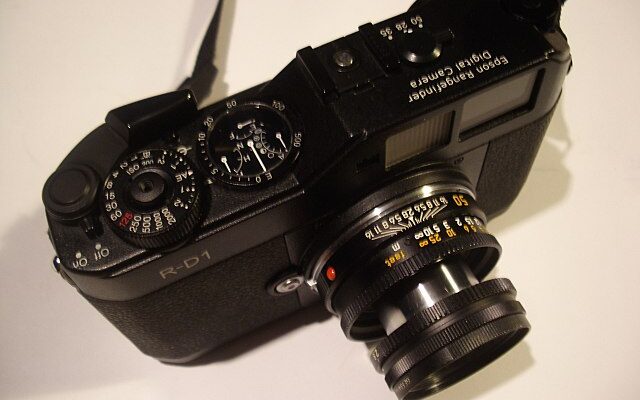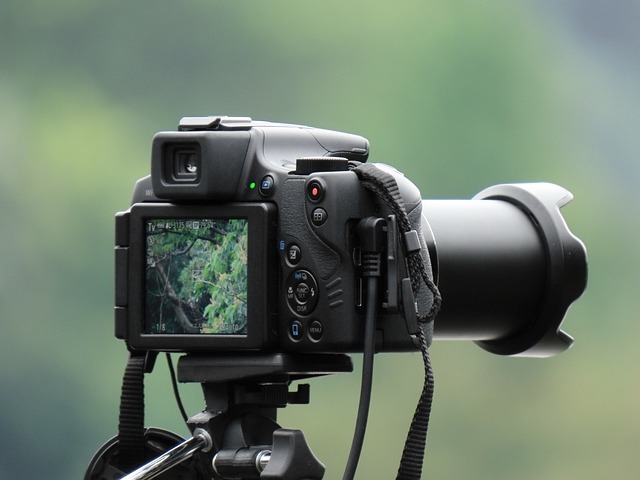

Tips for Photographing Wildlife
Photographing wildlife in their natural habitat is a challenging yet rewarding pursuit that demands patience, skill, and a deep respect for nature. Capturing animals in their element not only provides breathtaking images but also fosters a greater understanding of the natural world. If you’re eager to start or improve your wildlife photography, here are some essential tips to guide you on your journey.
1. Understand Animal Behavior
Before heading out, research the species you intend to photograph. Understanding their behavior, feeding habits, and daily routines will help you anticipate their actions and increase your chances of capturing compelling images. For instance, knowing when a particular animal is most active or where it tends to roam can help you position yourself effectively.
2. Choose the Right Equipment
Wildlife photography often requires specialized equipment. A long lens, typically 300mm or more, is essential for capturing distant subjects without disturbing them. A fast shutter speed is crucial to freeze action and prevent motion blur. Additionally, a camera with a high burst rate and good autofocus system will help you capture fast-moving animals. Don’t forget extra batteries and memory cards, as wildlife shoots can be unpredictable.
3. Emphasize Patience and Stealth
Patience is a cornerstone of wildlife photography. Animals are often wary of humans, so it’s crucial to approach them quietly and slowly. Avoid sudden movements and loud noises. Using camouflage clothing and blending into the environment can also help you remain inconspicuous. Sometimes, you may need to wait for hours in a single spot to get the perfect shot, so bring along some comfort items like a portable chair or blanket.
4. Respect Wildlife and Their Habitat
Always prioritize the well-being of the animals and their environment. Maintain a safe distance and avoid disturbing their natural behaviors. Never feed or bait wildlife, as this can lead to unnatural behaviors and dependency. Follow local guidelines and regulations regarding wildlife photography, and be mindful of the impact your presence might have on the animals and their surroundings.
5. Utilize Natural Light
Lighting plays a crucial role in wildlife photography. Early morning and late afternoon provide the soft, golden light that enhances the texture and colors of your subjects. Avoid harsh midday sun, which can create strong shadows and overexpose highlights. On cloudy days, the diffused light can offer a soft and even illumination, reducing the risk of harsh shadows.
6. Consider Composition
Good composition can make a significant difference in your wildlife photos. Use the rule of thirds to position your subject off-center, allowing for a more dynamic and engaging image. Incorporate elements of the environment to provide context and enhance the story behind the photograph. Look for opportunities to capture animals in action, such as during a hunt or a playful moment, to add interest to your shots.
7. Focus on Eyes and Expressions
In wildlife photography, the eyes are often the focal point of the image. Sharp, clear eyes can convey emotion and connect viewers with the subject. Ensure that your camera’s autofocus is set to prioritize the eyes, and try to capture the animal’s natural expressions. This will create a more intimate and powerful image.
8. Experiment with Different Angles and Perspectives
Varying your shooting angles can provide unique and compelling viewpoints. Instead of always shooting from eye level, try getting low to the ground or shooting from a higher vantage point. Each perspective can reveal different aspects of the animal’s behavior and the surrounding environment. Experimenting with different angles also helps to avoid clichés and adds creativity to your work.
9. Capture the Environment
While close-up shots of animals are captivating, including the environment can provide valuable context. Wide-angle shots that show the animal within its habitat can illustrate its relationship with the landscape. This approach not only adds depth to your portfolio but also helps raise awareness about the conservation of natural habitats.

10. Practice Ethical Photography
Ethical considerations are paramount in wildlife photography. Prioritize the well-being of your subjects and avoid intrusive or harmful practices. Respect nesting sites, avoid chasing or startling animals, and adhere to guidelines designed to minimize human impact. By practicing ethical photography, you contribute to the conservation of wildlife and promote responsible behavior among fellow photographers.
11. Post-Processing with Care
Post-processing can enhance your images, but it should be done carefully to maintain authenticity. Adjustments like cropping, color correction, and sharpening can improve your photos, but avoid excessive alterations that distort the original scene. The goal is to present the wildlife as naturally as possible, showcasing their true beauty and behavior.
12. Keep Learning and Improving
Wildlife photography is an evolving art that requires continuous learning. Stay updated with new techniques, equipment advancements, and trends within the field. Join photography communities, attend workshops, and review the work of accomplished wildlife photographers for inspiration and insights. Each experience and photograph offers a chance to improve and refine your skills. How to speed up lightroom classic? Then visit their page to learn more.
Conclusion
Wildlife photography in its natural habitat is a rewarding pursuit that combines technical skill with a deep appreciation for nature. By understanding animal behavior, using the right equipment, and practicing patience and respect, you can capture stunning images that not only showcase the beauty of wildlife but also contribute to conservation efforts. Remember, every photograph tells a story, and with each click of the shutter, you have the opportunity to connect people with the natural world in a meaningful way.












